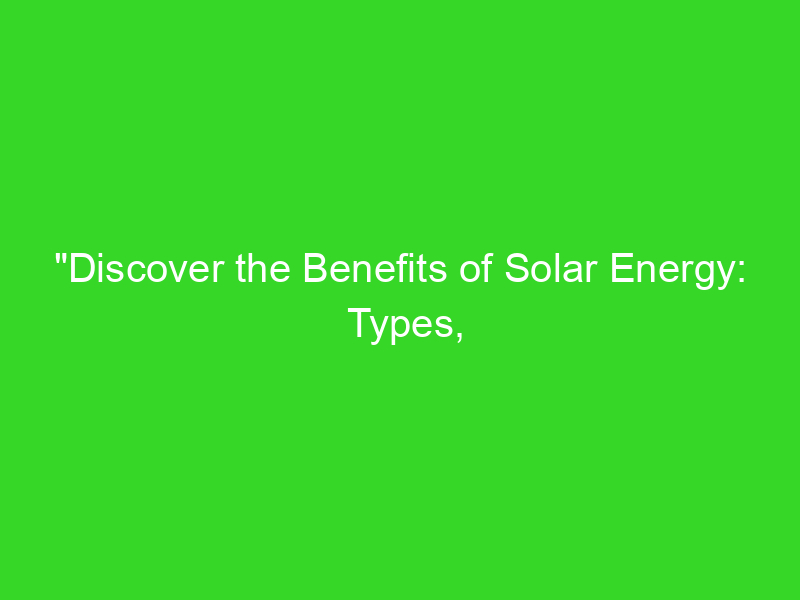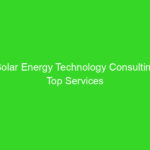
Sunlight Solar Energy
Sunlight is a significant source of energy that is available abundantly and freely to everyone. It is a renewable source of energy that has become increasingly popular in recent years. Solar energy is harnessed from the sun's rays and can be used to generate electricity, heat water, and power homes, businesses, and even vehicles. In this article, we will discuss the benefits and drawbacks of solar energy, the different types of solar energy systems, and how they work.
Benefits of Solar Energy
-
Renewable and Sustainable: Solar energy is a renewable and sustainable source of energy. It is available in abundance and is not depleted with use.
-
Cost-saving: Solar energy can help to reduce electricity bills and save money in the long run. Once the solar panels are installed, they require minimal maintenance, and the energy generated is free.
-
Environmentally Friendly: Solar energy is a clean source of energy that does not produce any harmful emissions. It helps to reduce the carbon footprint and combat climate change.
-
Low Maintenance: Solar panels are durable and require minimal maintenance. They can last for over 20 years with proper care.
Drawbacks of Solar Energy
-
Initial Costs: The initial cost of installing solar panels can be high. However, this cost has been decreasing over the years, making solar energy more affordable.
-
Weather Dependence: Solar energy is weather-dependent and may not be efficient in areas that receive low levels of sunlight.
-
Reliance on Batteries: Solar energy systems rely on batteries to store excess energy. These batteries can be expensive and may need to be replaced after a few years.
Types of Solar Energy Systems
-
Grid-tied System: A grid-tied solar energy system is connected to the main electricity grid. It can feed excess energy back to the grid, and the owner can receive credits or payment for the surplus energy generated.
-
Off-grid System: An off-grid solar energy system is not connected to the electricity grid. It requires batteries to store excess energy for use during periods of low sunlight.
-
Hybrid System: A hybrid solar energy system is a combination of a grid-tied and off-grid system. It can operate independently during a power outage and can feed excess energy back to the grid.
How Solar Energy Works
Solar energy is harnessed through the use of solar panels, which are made up of photovoltaic cells. These cells convert sunlight into direct current (DC) electricity. The DC electricity is then converted into alternating current (AC) electricity using an inverter. The AC electricity is used to power homes, businesses, and other establishments.
In conclusion, solar energy is a renewable, cost-saving, and environmentally friendly source of energy that has numerous applications. The drawbacks of solar energy can be overcome through proper planning and installation. There are different types of solar energy systems available, and each has its advantages and disadvantages. With the increasing demand for clean energy, solar energy is becoming more accessible, and its cost is decreasing. Switching to solar energy can help to reduce electricity bills, lower carbon footprint, and combat climate change.





